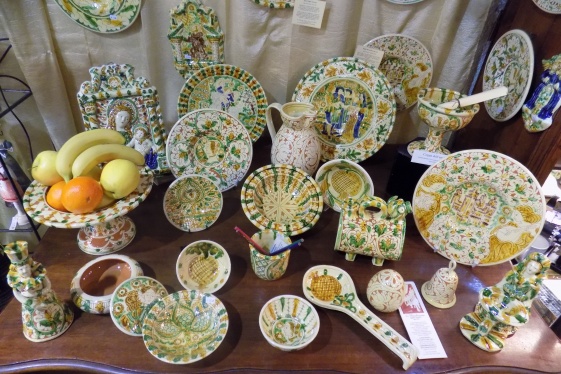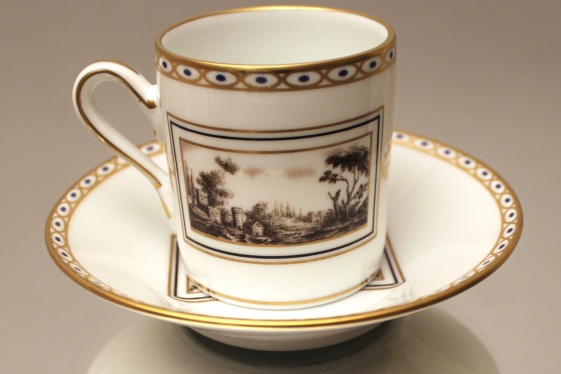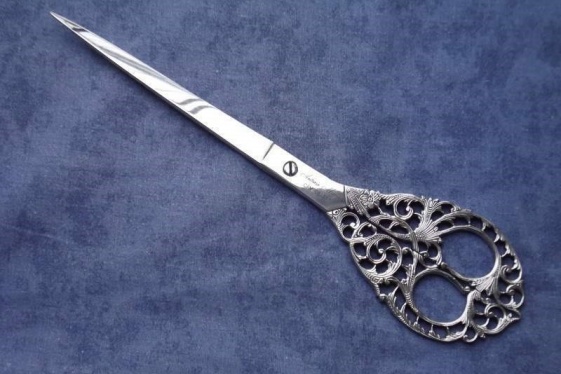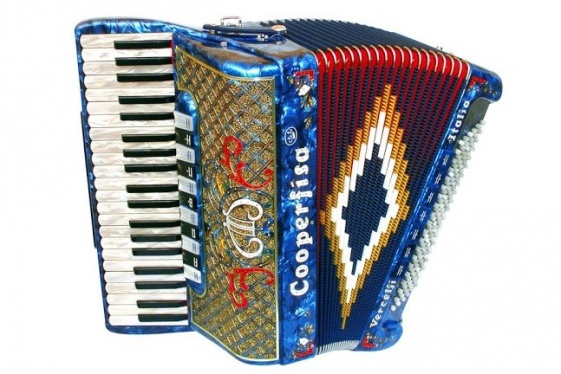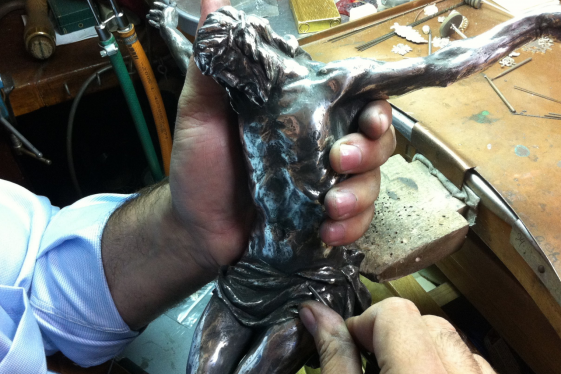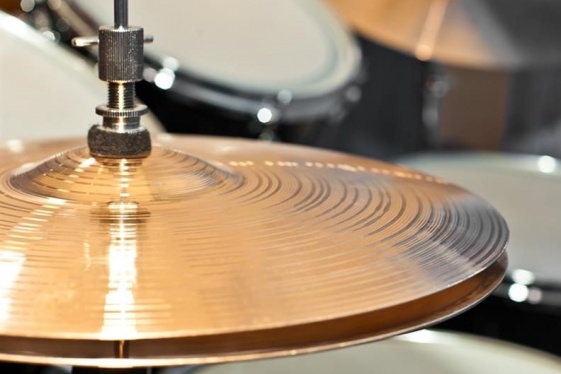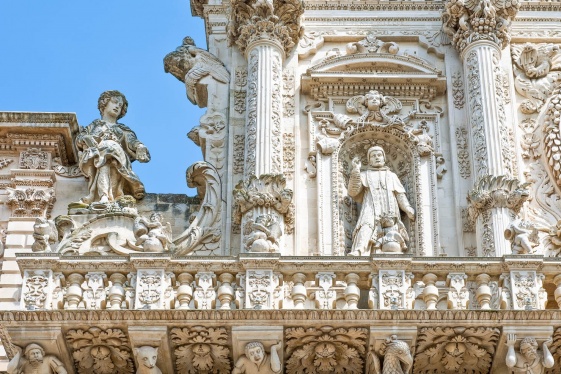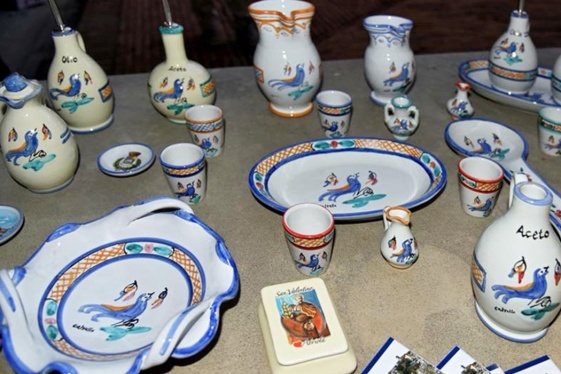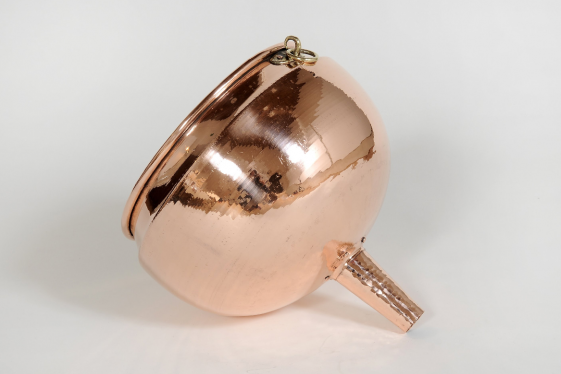Italian handcrafts: The Engraved Pottery of Ferrara
The history of Ferrara’s sgraffito ceramics traces its origins to early medieval artefacts from China and the vast areas of the Iranian Plateau, which arrived on Italian soil through maritime trade and commerce with the Orient. The first works excavated by medieval archaeologists in Ferrara are dated no earlier than the thirteenth century and were...
READ MOREItalian handcrafts: Doccia Porcelain
For centuries, porcelain was an exotic material imported from China, as its composition and manufacturing techniques remained unknown in Europe. From 1585 to 1610, Francesco I de' Medici financed the production of a pseudo-porcelain in Florence, intended for court use and for diplomatic gifts. The true formula, however, remained unknown until 1710,...
READ MOREItalian handcrafts: The lava basalt of Etna
Etna basalt, which is dark grey or blackish in colour, is formed by the slow solidification of the volcanic lava flows as they cool. It is a natural product that is extracted in all the municipalities of the province of Catania within reach of the lava. The ancient Romans already knew the characteristics of this special stone, which is particularly...
READ MOREItalian handcrafts: Perforated Steel
The art of steelmaking in Molise can be traced back to the 15th century, when the primary purpose of this work was the production of weapons. At that time, Count Nicola di Monforte brought blacksmiths from abroad, particularly France, to produce arms for his military ambitions. From the 16th century onwards, under the rule of Ferrante Gonzaga, the...
READ MOREItalian handcrafts: Vercelli Accordions
The city of Vercelli has over 2500 years of history and was probably founded about a century after the city of Rome. Numerous accounts have survived from the past, one by Pliny the Elder, who said of it: “Vercellae Libicorum ex Salyis ortae”. The accordion, however, only entered Vercelli’s history at the beginning of the twentieth century, with Sim...
READ MOREItalian handcrafts: Florentine Goldsmithery
The art of the Florentine goldsmiths dates back to the 12th-13th century and covers a range of techniques, such as open work, burin engraving, chasing, “niello”, damascening, “cesoro”, soldering, cuttlebone casting, crucible casting, and foil and wire lamination. Over the centuries, the techniques have been applied to both the manufacture of jewell...
READ MOREItalian handcrafts: Pistoia Cymbals
Cymbals are very ancient in origin: the prehistoric pair of cymbals on the mummy of an Egyptian religious musician displayed in the British Museum in London shows that they were in existence as early as 2000 BC. The manufacture of cymbals was concentrated in China and in Turkey, where methods were discovered to make this instrument more durable and...
READ MOREItalian handcrafts: Lecce Stone
Over the centuries, Salento, the eastward-facing tip of Puglia, has been home to a succession of peoples that have left traces of themselves everywhere, engraving the signs of their presence in Lecce stone. They have carved their history on it, building dolmens, menhirs, forts and temples, as well as dwellings, villas, monuments and churches. It i...
READ MOREItalian handcrafts: Ceramics in Calvello
Calvello, in the heart of Basilicata, is a mountain town immersed in the quiet of the past, where the art of ceramics is still being cultivated. The Benedictine monks of Faenza introduced the art of working with clay as far back as 1200. Since that time, entire generations of families have learned the craft and handed down its precious secrets. Th...
READ MOREItalian handcrafts: Trento Copper
ln Trentino testimonies of metalworking appeared from the moment the man learned to use metals to build objects intended to meet the needs of everyday life. The mining and metalworking archaeology has provided many examples of a the processing of copper and other minerals in the mountains from the Valley of Mocheni to the plateau of Tesino. These m...
READ MORE


